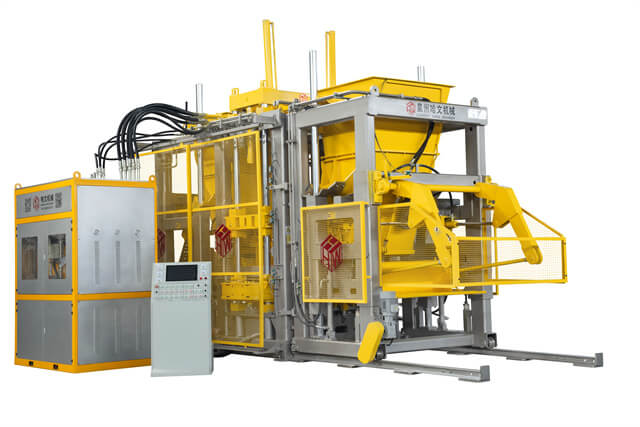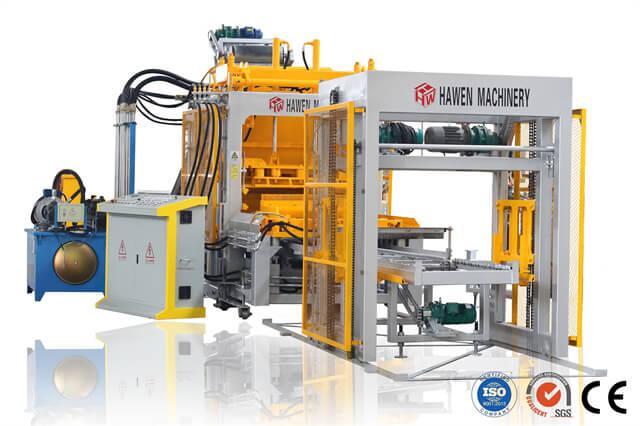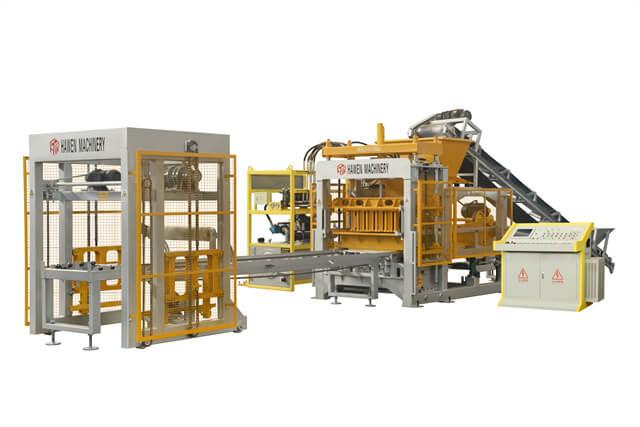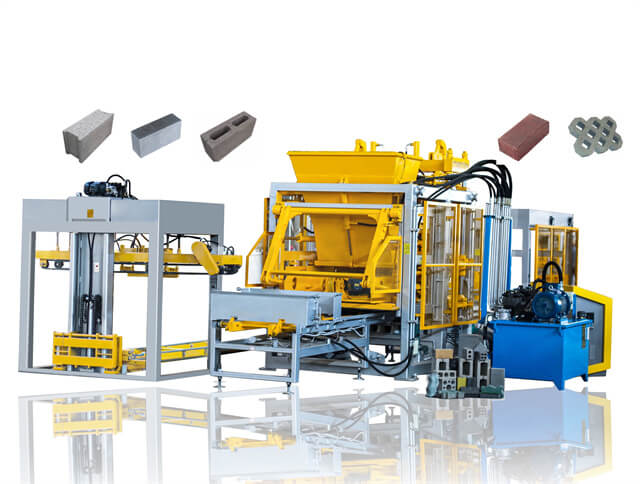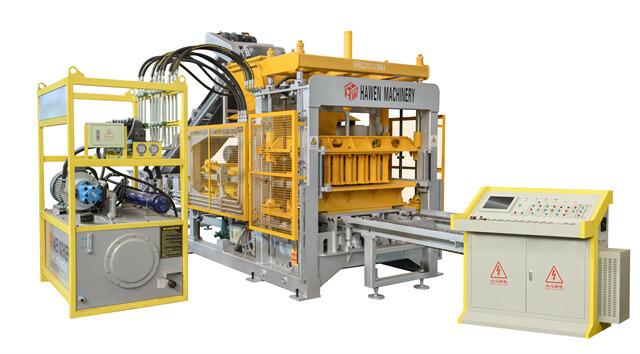Author:HAWEN Block MachineFROM:Brick Production Machine Manufacturer TIME:2024-04-01
Interlocking block making machines are widely used in the construction industry for manufacturing interlocking blocks. This technology has evolved over time to meet the ever-changing demands of the construction industry. In this article, we will explore the evolution and working principles of interlocking block making machines.
The idea of interlocking block making machines was first introduced in the 1950s with the development of the Compressed Earth Block (CEB) press. The CEB press was a manually operated machine that used soil and clay as its raw materials to produce interlocking blocks. With the advancement of technology, interlocking block making machines have become more advanced and automated.
.jpg)
The basic working principle of interlocking block making machines is the same. They use hydraulic pressure to compress the raw materials into interlocking blocks. The raw materials usually include cement, sand, and water, but some machines can also use fly ash and other industrial wastes to produce blocks. The machine then cuts these blocks into the desired shape and size.
There are several types of interlocking block making machines available in the market. The most common ones include:
Manual interlocking block making machines are the simplest form of the machine. They are operated manually and require a lot of labor. Semi-automatic machines require less labor and use electricity or diesel to power them. Fully automatic machines are the most advanced and require minimal human intervention. They can produce a large number of blocks in a short time.
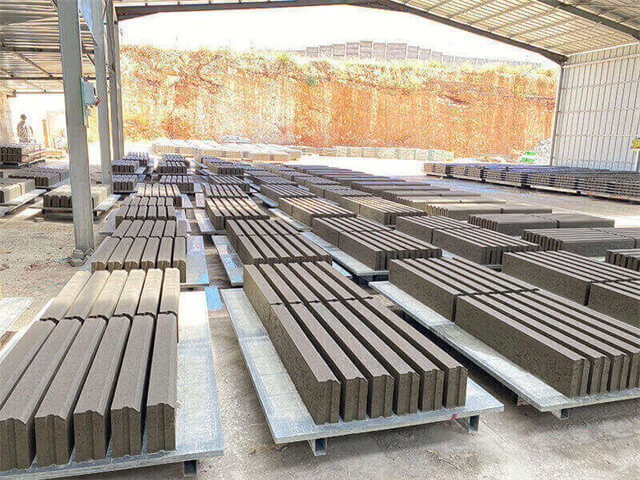
The advantages of interlocking block making machines include:
Interlocking block making machines have numerous applications in the construction industry. Some of these include:
Despite their many advantages, there are some challenges associated with using interlocking block making machines. These include:

The future of interlocking block making machines is promising. With the increasing demand for eco-friendly and cost-effective construction methods, interlocking block making machines are expected to gain more popularity in the coming years. Additionally, the development of new materials such as bamboo and hemp could further enhance the sustainability of these machines.
In conclusion, interlocking block making machines have come a long way since their inception in the 1950s. They offer numerous advantages and have many applications in the construction industry. Despite their challenges, they are expected to gain more popularity in the future due to their sustainability and cost-effectiveness.
